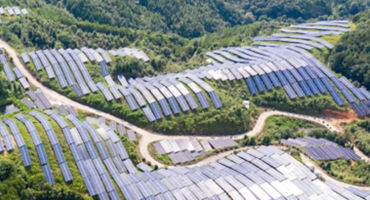As environmental, social, and governance (ESG) issues and sustainable investing continue to attract more attention from fixed income investors, we see a need to clarify what terms related to these pursuits signify about an investment strategy. Because ESG integration and sustainable investing styles factor into asset allocation decisions in different ways, clients seeking greater exposure to sustainable practices need to be sure that they are getting return profiles and portfolio characteristics consistent with their asset allocation objectives and broader organizational missions.
ESG integration
ESG integration is an element of an investment process, as opposed to an investment style. Integrating ESG is becoming part of the mainstream of fixed income investing to the point where considering it separate and distinct from prudent risk management is debatable. Many traditional fixed income investors incorporate ESG research into risk analysis because it gives them a more holistic picture of an investment’s long-term financial risk/return profile.
ESG data points can help investors identify material but difficult-to-measure risks and opportunities, including reputational, regulatory, or geopolitical risk, which can factor into investors’ assessment of securities’ “fair” valuations. For example, an issuer with poor governance practices could face legal or reputational risks in some global regions if modern slavery is discovered in its supply chain. On the other hand, an issuer with a robust climate transition plan could be poised to gain market share by adapting to changing regulations or consumer preferences more quickly than its peers.
Sustainable thematic investing
These types of strategies aim to meet financial return targets by investing in issuers whose management and operations reflect responsible stewardship of the ecosystems in which they operate. Sustainable thematic strategies may focus on sustainability generally, or on specific themes, including those related to climate change. Material factors considered in sustainable thematic investing could include an issuer’s positive impact on labor practices, financial inclusion, or carbon emissions and air quality. For sovereign issuers, these strategies may also focus on an issuer’s support for the rule of law and economic mobility.
Sustainable thematic investors see sustainability and stewardship as critical to the long-term financial health of both individual issuers and markets and economies in aggregate. This style of investing recognizes the value in looking beyond issuers’ short-term financial metrics to also consider how issuers take responsibility for the externalities of their day-to-day activities and the resulting long-term impact on public goods from which they benefit greatly over time, such as clean air and water, business/community relations, or trust in institutions.




















